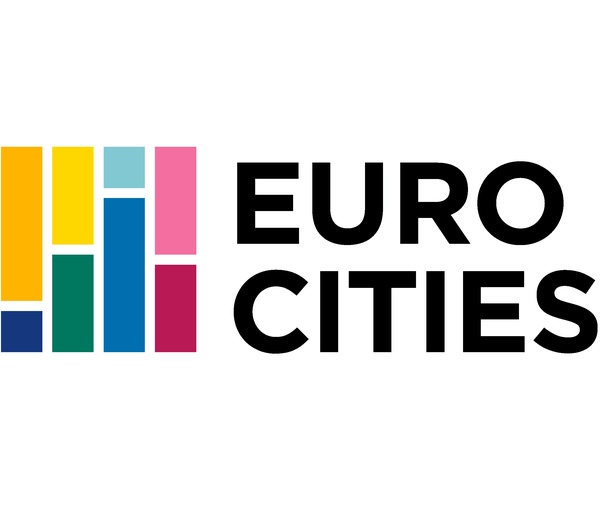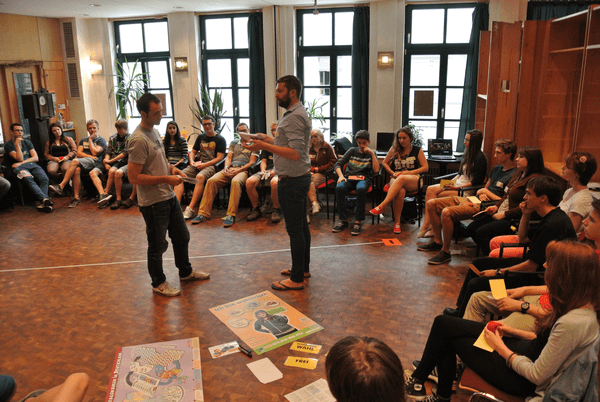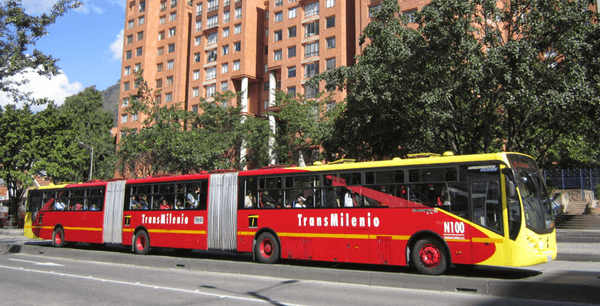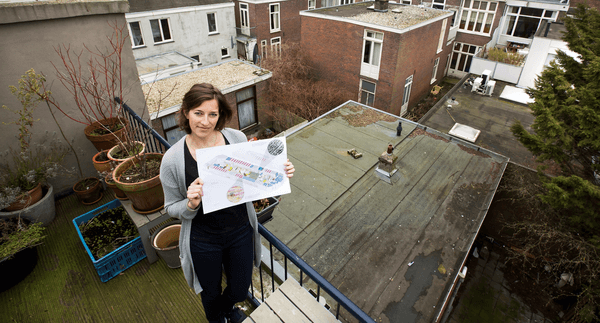
City
Greater Helsinki
Main actors
City Government, Private Sector, NGO / Philanthropy, Community / Citizen Group, Public Utility, other
Project area
Neighborhood or district
Duration
Ongoing since 2015
The Climate Street project involves public agencies, residents and businesses working together to convert sustainable ideas into practical, replicable and scalable actions.
Through the Climate Street project, the greater Helsinki region is aiming to reduce greenhouse gas emissions and energy consumption levels as well as increasing climate change adaption measures. Iso Roba (Iso Roobertinkatu) in Helsinki and Tikkuraitti and Asematie in Vantaa have been selected as areas where pilot projects have been implemented. Projects are developed and tested by local businesses, property owners, residents and public agencies. Collaborative solutions developed include crowd-sourced electric cars, electric-assisted cargo bike hire and zero food waste schemes. A set of clear and concise guidelines are produced for each pilot project to make it straight forward for other streets and cities to replicate them.
Originally published by EUROCITIES, the network of 130 European cities - PDF: http://nws.eurocities.eu/MediaShell/media/2016AwardsCitiesinactionHelsinki.pdf
Eurocities Awards
This project was shortlisted for the 'Eurocities Awards' in 2016 in the following category: Cooperation.
On Map
The Map will be displayed after accepting cookie policy



